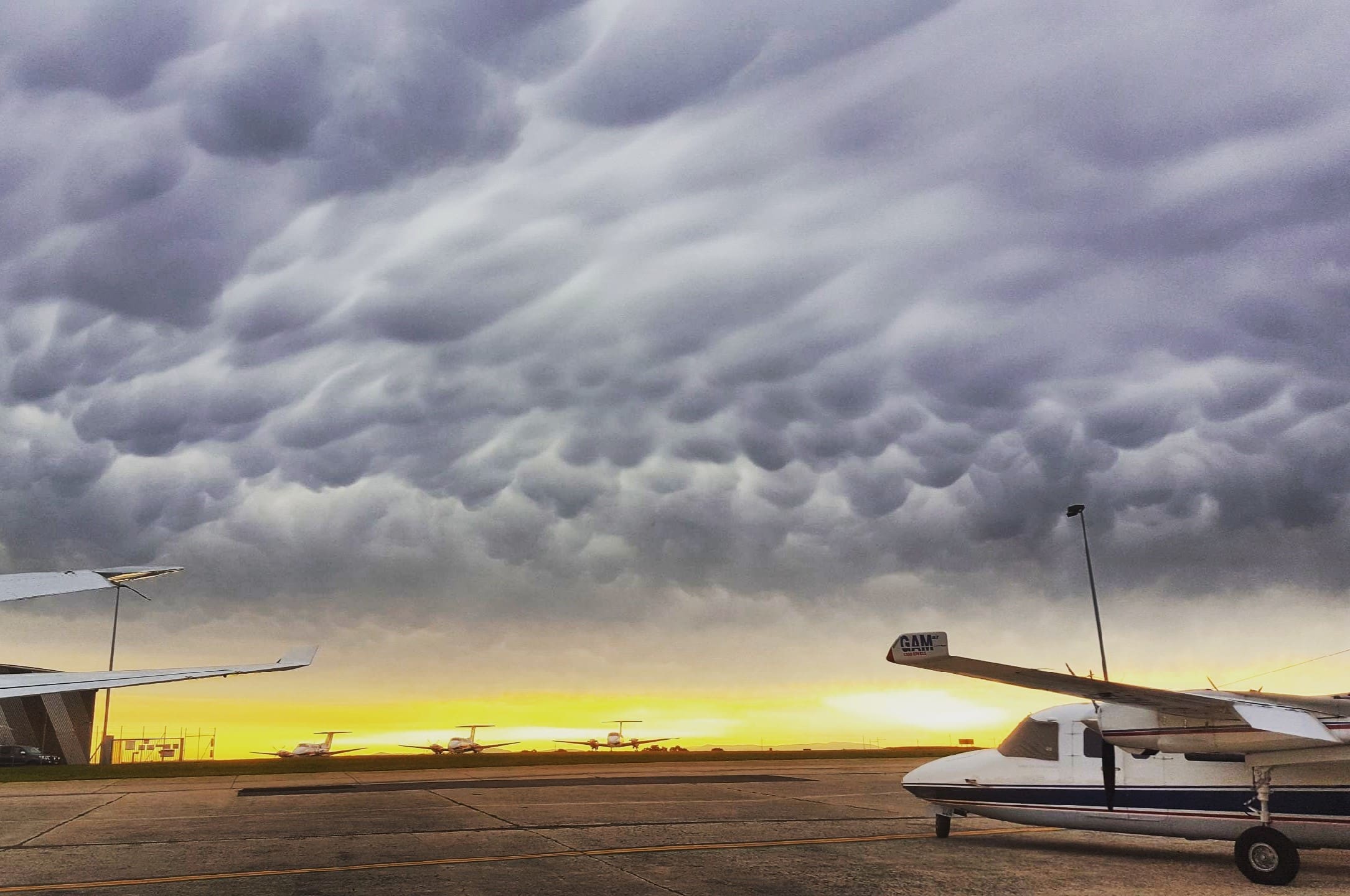
Aviation weather forecasting plays a crucial role in ensuring safe and efficient air travel. But what exactly makes it so important? Accurate weather predictions help pilots navigate through various atmospheric conditions, avoiding turbulence, storms, and other hazards. This not only ensures passenger safety but also optimizes fuel consumption and flight schedules. Meteorologists use advanced technology, including satellites and radar, to monitor weather patterns and provide real-time updates. Understanding these forecasts can make a significant difference in flight planning and operations. Whether you're a frequent flyer or just curious about how planes stay safe in the sky, these 14 facts will give you a deeper appreciation for the science behind aviation weather forecasting.
Key Takeaways:
- Aviation weather forecasting is crucial for safe and efficient air travel. Meteorologists use advanced technology to predict weather patterns, helping pilots and airlines make informed decisions and ensure passenger safety.
- New technologies like AI and global collaboration are shaping the future of aviation weather forecasting, promising even greater accuracy and safety. These advancements benefit the entire aviation industry and improve the travel experience for everyone.
The Importance of Aviation Weather Forecasting
Aviation weather forecasting plays a crucial role in ensuring the safety and efficiency of air travel. Pilots, air traffic controllers, and airlines rely on accurate weather information to make informed decisions. Here are some fascinating facts about aviation weather forecasting.
-
Early Weather Observations: The first weather observations for aviation were made in the early 20th century. Pilots used basic instruments and visual cues to gauge weather conditions.
-
Meteorologists' Role: Meteorologists analyze data from satellites, weather stations, and radar to predict weather patterns. Their expertise helps in creating accurate forecasts for aviation.
-
Weather Satellites: Weather satellites orbit the Earth, providing real-time data on cloud cover, storm systems, and other atmospheric conditions. This information is vital for aviation weather forecasting.
-
Doppler Radar: Doppler radar technology measures the velocity of precipitation particles. This helps meteorologists detect severe weather conditions like thunderstorms and tornadoes, which can impact flights.
Tools and Technology in Aviation Weather Forecasting
Advancements in technology have significantly improved the accuracy and reliability of aviation weather forecasts. Various tools and systems are used to gather and analyze weather data.
-
Automated Weather Observing Systems (AWOS): AWOS units are installed at airports to provide continuous weather updates. They measure parameters like temperature, wind speed, and visibility.
-
Pilot Reports (PIREPs): Pilots provide real-time weather reports during flights. These reports are crucial for updating forecasts and alerting other pilots about current conditions.
-
Weather Balloons: Weather balloons are launched to collect data from the upper atmosphere. They measure temperature, humidity, and pressure, which are essential for accurate weather forecasting.
-
Numerical Weather Prediction (NWP): NWP models use mathematical equations to simulate the atmosphere's behavior. These models help meteorologists predict weather patterns with high precision.
Impact of Weather on Aviation
Weather conditions can significantly affect flight operations. Understanding these impacts helps in planning and ensuring safety.
-
Turbulence: Turbulence is caused by irregular air movement. It can be uncomfortable for passengers and challenging for pilots, but accurate forecasts help in avoiding turbulent areas.
-
Icing: Ice can form on aircraft surfaces when flying through clouds with supercooled water droplets. Forecasts help pilots avoid icing conditions, which can affect aircraft performance.
-
Fog: Fog reduces visibility, making takeoffs and landings difficult. Accurate weather forecasts help in planning flight schedules and minimizing delays.
-
Wind Shear: Wind shear involves sudden changes in wind speed and direction. It can be dangerous during takeoff and landing, but weather forecasts help pilots anticipate and manage these conditions.
Future of Aviation Weather Forecasting
The field of aviation weather forecasting continues to evolve with new technologies and methods. These advancements promise even greater accuracy and safety in the future.
-
Artificial Intelligence (AI): AI algorithms analyze vast amounts of weather data to identify patterns and improve forecast accuracy. This technology is becoming increasingly important in aviation weather forecasting.
-
Global Collaboration: Meteorological organizations worldwide collaborate to share data and improve weather forecasting models. This global effort enhances the accuracy of aviation weather forecasts, benefiting the entire aviation industry.
Final Thoughts on Aviation Weather Forecasting
Aviation weather forecasting is a game-changer for safe and efficient air travel. Pilots rely on accurate forecasts to navigate through storms, turbulence, and other weather-related challenges. These forecasts help airlines save fuel, reduce delays, and ensure passenger safety. Understanding the science behind these predictions can give you a new appreciation for the complexity and precision involved. From satellite data to sophisticated computer models, every tool plays a crucial role. Next time you board a flight, remember the behind-the-scenes work that keeps you safe. Weather forecasting isn't just about predicting rain or shine; it's about making sure every journey through the skies is as smooth as possible. So, the next time you hear about a weather delay, know that it's all part of a bigger picture to keep everyone safe.
Frequently Asked Questions
Was this page helpful?
Our commitment to delivering trustworthy and engaging content is at the heart of what we do. Each fact on our site is contributed by real users like you, bringing a wealth of diverse insights and information. To ensure the highest standards of accuracy and reliability, our dedicated editors meticulously review each submission. This process guarantees that the facts we share are not only fascinating but also credible. Trust in our commitment to quality and authenticity as you explore and learn with us.


